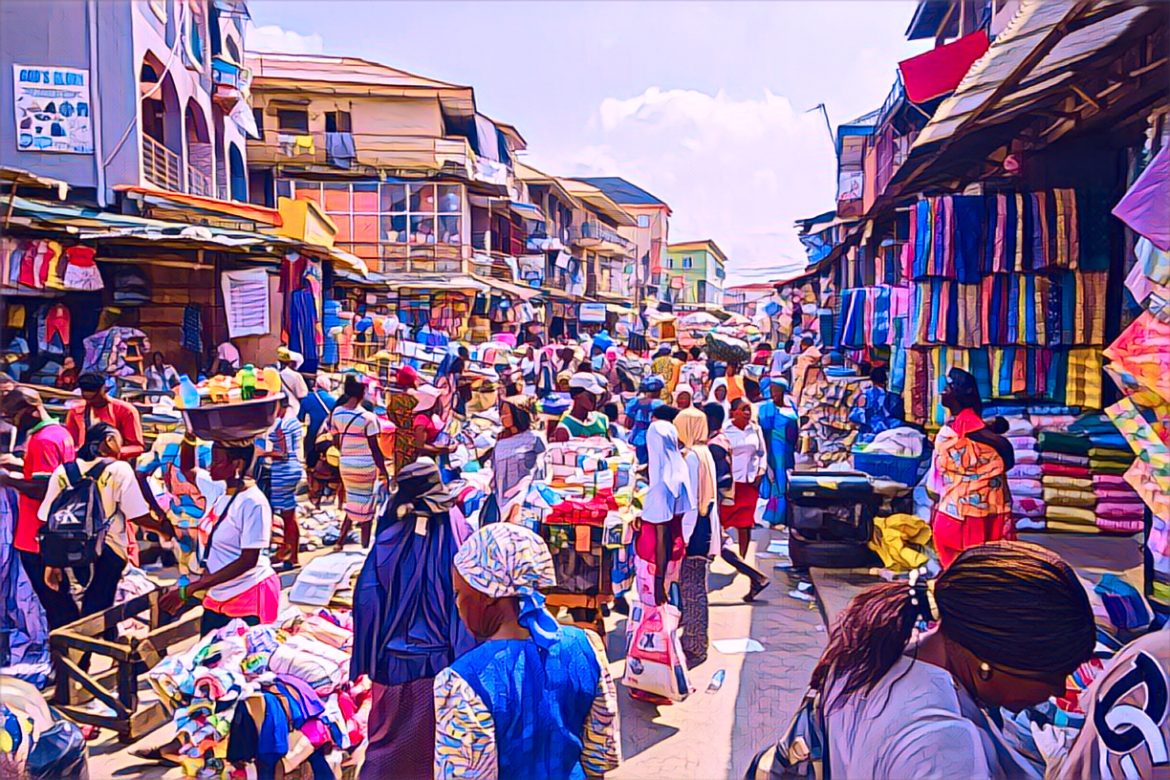KEY POINTS
-
Nigeria’s inflation dropped to 22.22% in June 2025, down significantly from 34.19% in June 2024.
-
Despite the yearly drop, monthly food and core inflation rates continue to rise, indicating ongoing cost pressures.
-
Borno recorded the highest inflation nationwide, while Zamfara and Sokoto saw the slowest growth.
Nigeria’s inflation rate dropped to 22.22% in June 2025, according to the latest Consumer Price Index (CPI) released by the National Bureau of Statistics (NBS). The figure represents a decline from the 22.97% recorded in May, and a substantial year-on-year decrease of 11.97 percentage points compared to the 34.19% reported in June 2024.
The NBS attributed the significant year-on-year drop to adjustments made using the new 2024 base year, which recalibrates the index to better reflect updated consumption patterns across the country.
Month-on-month, however, inflation rose slightly to 1.68% in June, compared to 1.53% in May—an indication that while overall price levels may be stabilising, the cost of living continues to climb incrementally.
Food and core inflation still rising despite headline dip
The food inflation rate in June 2025 stood at 21.97% year-on-year, a notable drop of 18.93 percentage points from 40.87% in June 2024. However, food prices continue to climb monthly, with a 3.25% increase recorded in June, compared to 2.19% in May. The NBS identified rising prices in essentials such as fresh pepper, tomatoes, crayfish, dried green peas, plantain flour, and ground pepper as major contributors to this increase.
Core inflation, which excludes volatile food and energy items, was recorded at 22.76% year-on-year and 2.46% month-on-month—up from the 1.10% increase seen in May. The 12-month average core inflation stood at 24.14%, slightly higher than the 24.01% recorded a year earlier.
Urban inflation also climbed to 22.72% year-on-year and 2.11% month-on-month. In contrast, rural inflation came in at 20.85% year-on-year, with a more modest 0.63% month-on-month increase, compared to 1.83% the previous month.
Regional disparities remained sharp, with Borno State recording the highest year-on-year headline inflation at 31.63%, followed by the Federal Capital Territory (26.79%) and Benue (25.91%). At the other end of the spectrum, Zamfara (9.90%), Yobe (13.51%), and Sokoto (15.78%) saw the slowest headline inflation increases.
Month-on-month, Ekiti led the surge with a 5.39% rise, closely followed by Delta (5.15%) and Lagos (5.13%). Meanwhile, Zamfara (-6.89%), Niger (-5.35%), and Plateau (-4.01%) experienced the sharpest monthly declines.
Food inflation at the state level further illustrated uneven economic pressures. On a year-on-year basis, Borno again topped the list with a staggering 47.40%, followed by Ebonyi (30.62%) and Bayelsa (28.64%). Katsina (6.21%), Adamawa (10.90%), and Sokoto (15.25%) had the lowest figures.
For month-on-month food inflation, Enugu (11.90%), Kwara (9.97%), and Rivers (9.88%) recorded the steepest increases. Conversely, Borno (-7.63%), Sokoto (-6.43%), and Bayelsa (-6.34%) experienced noticeable drops.
The NBS advised caution when comparing inflation rates across states, noting that CPI weights differ due to variations in household consumption patterns. This affects the interpretation of inflation levels at the sub-national level.


